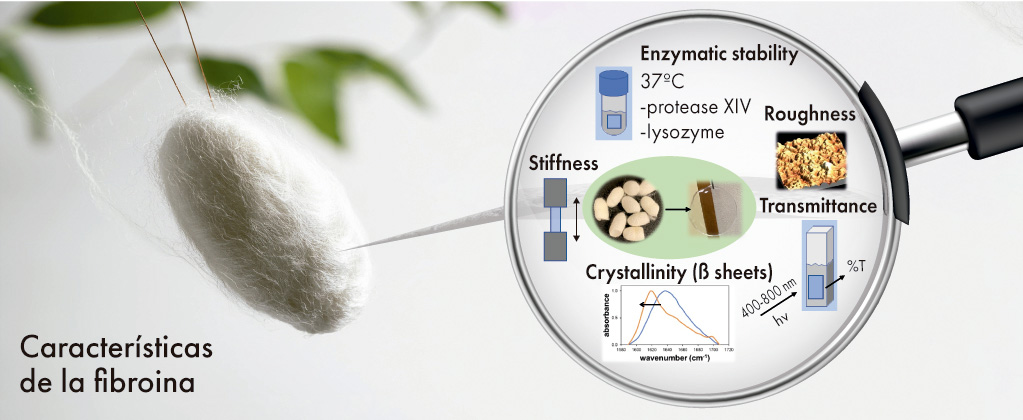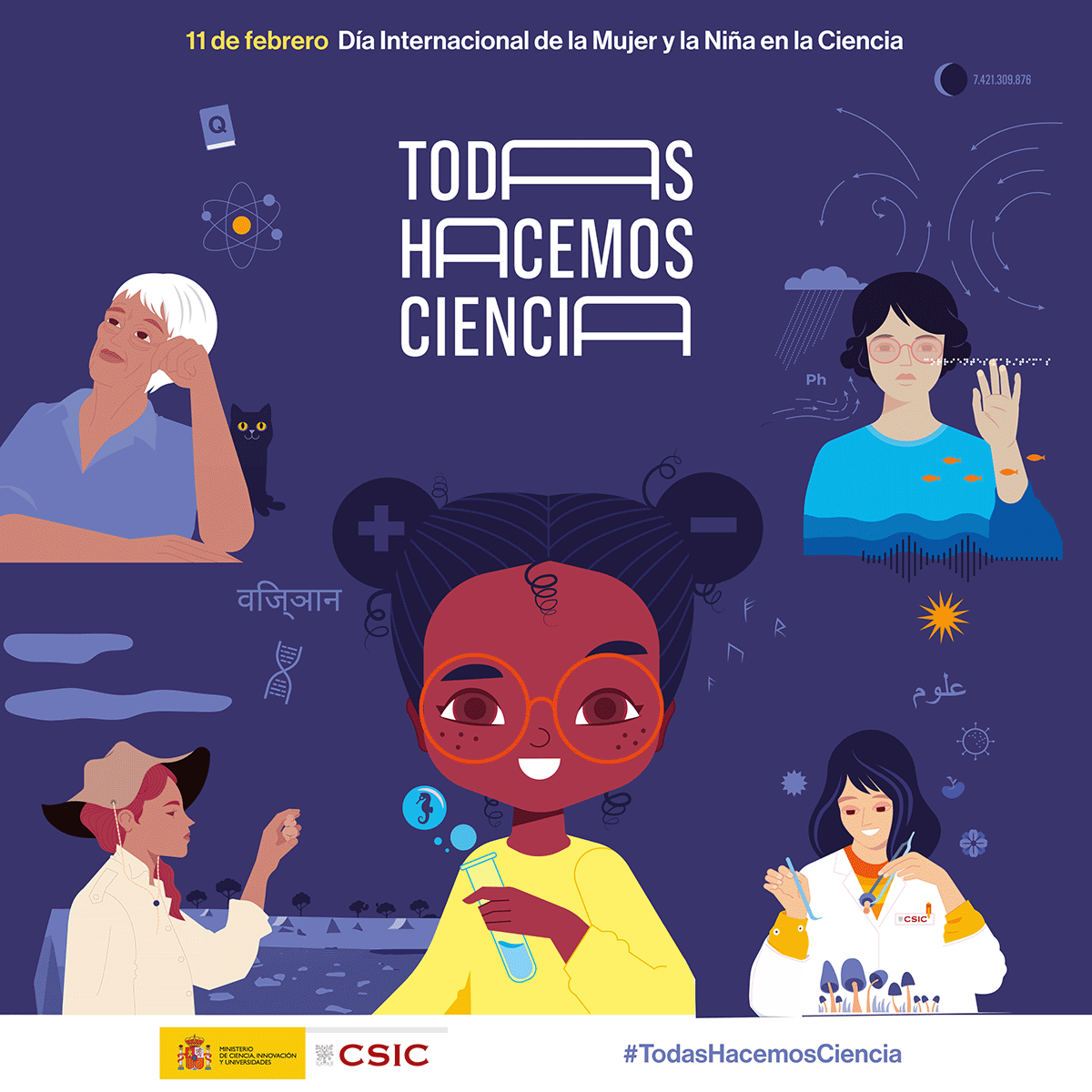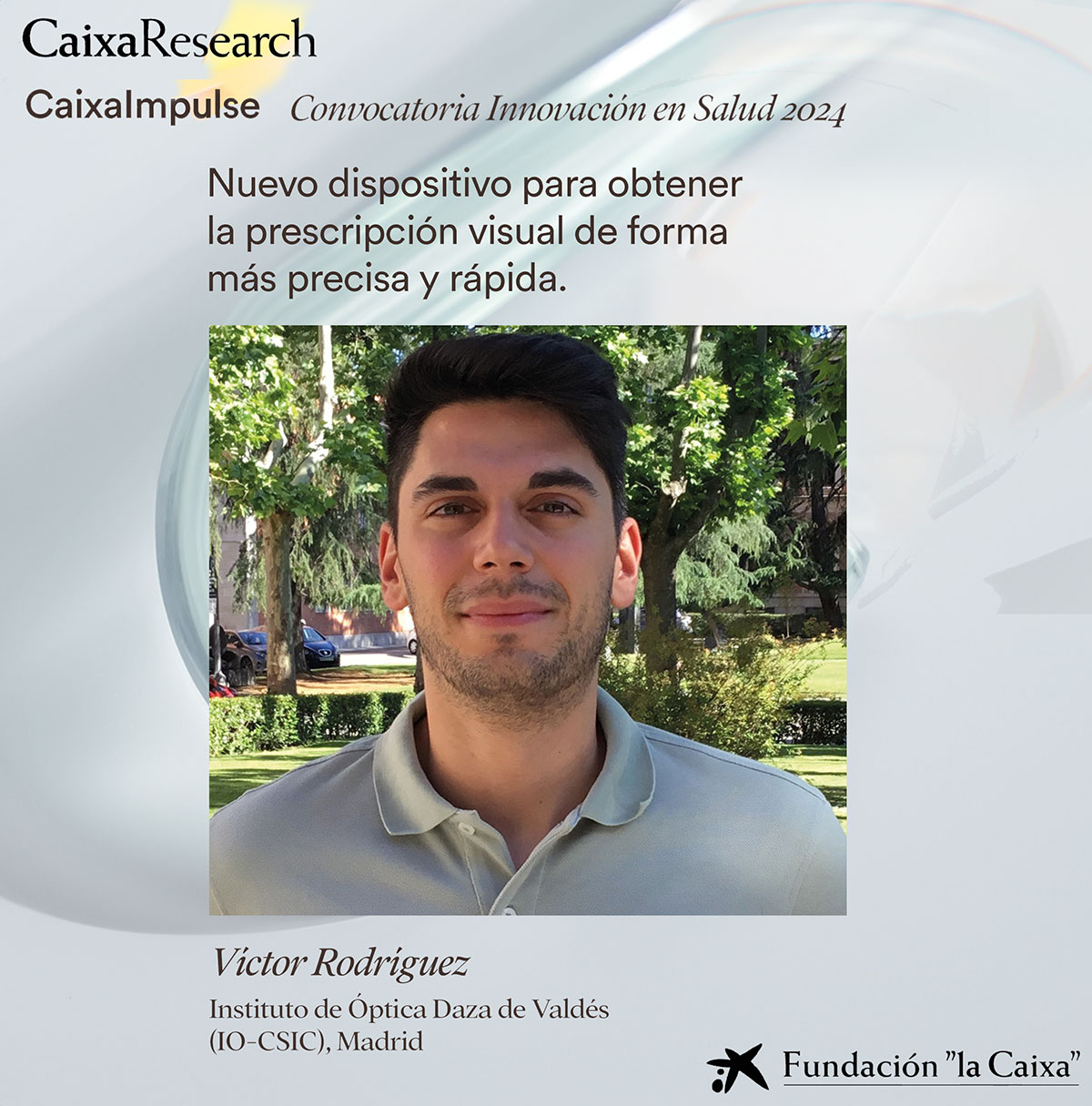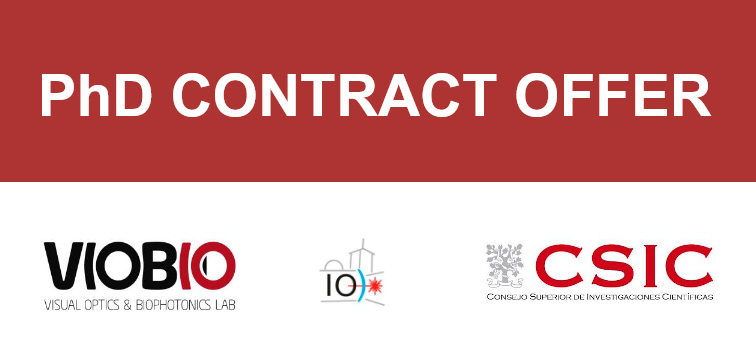Comparative analysis of silk fibroin membranes fabricated with different cross-linking methods: processing and characterization
- The study compares the properties of a wide variety of silk fibroin membranes fabricated by different cross-linkings.
- Silk fibroin membranes have interesting properties for use in ophthalmology and other biomedical fields.
Madrid / January 13, 2025
Researchers from the Instituto de Óptica del CSIC and the Center for Visual Science at the University of Rochester have published a study comparing the properties of silk fibroin membranes produced using different physical cross-linking methods. The analysis covered stability, transparency, roughness, and other mechanical and structural properties, with a focus on biomedical applications, especially in ophthalmology. This study provides a comprehensive characterization that will facilitate the selection of suitable materials for various applications.
Latest news
Natural Slab Photonic Crystals as Biogenic, Customizable Nanomaterial for Label-Free Detection
Scientists demonstrate the potential of diatoms as photonic nanomaterials for sensing. The biogenic material is extracted directly from the microalgae and does not require markers, simplifying and reducing the cost of the sensor manufacturing process. Madrid / April...
In order to ensure the consistency of the study and to be able to compare the properties of the materials with each other, the researchers fabricated ten types of silk fibroin membranes, as well as one uncross-linked membrane as a control. To do this, they used silk cocoons produced by silkworms under controlled conditions. Silk fibroin was obtained from the cocoons through a meticulous extraction protocol that includes degumming, dissolution, and purification of the fibroin. Finally, the membranes were fabricated under controlled temperature and humidity conditions, using water as solvent. The optical transparency, enzymatic stability, water absorption, surface roughness and mechanical properties of the membranes were then evaluated. FTIR spectroscopy was also used to study the secondary structure of the proteins. This allowed the degree of cross-linking or proportion of beta sheets to be related to the physical and mechanical properties of the membranes.

What is silk cocoon degumming?
Degumming is a fundamental process in obtaining silk fibroin, the main component of silk used in biomedical applications. The silk cocoon produced by the silkworm is composed of two main proteins: fibroin, which forms the silk fibers, and sericin, a gummy protein that wraps the fibroin fibers and acts as a glue.
Degumming (usually carried out using heat and chemicals) consists of removing sericin to obtain pure fibroin fibers, which are those with the mechanical, optical and biocompatible properties desired in this work. The degumming process is crucial because sericin can cause immunological reactions, so it is important to remove it completely to obtain a material suitable for use in medicine and biotechnology.
Controlling the time and conditions of degumming affects the final quality of the material, so it is important to optimize this process to obtain high-purity fibroin.
IO-CSIC Communication
cultura.io@io.cfmac.csic.es
Related news
The Institute of Optics joins the celebration of 11F
Full and equal access and participation of women and girls in science and technology Madrid / January 31, 2025In recent decades, the international...
The SureVision research project has been awarded a Caixa Impulse innovation project, worth €500,000
Madrid / October 15, 2024Our colleague Víctor Rodríguez has managed to get his project SureVision to receive a €500,000 grant from the Caixa Impulse...
Predoctoral contract offer at the Laboratory of Visual Optics and Biophotonics
Madrid / October 2, 2024The Visual Optics and Biophotonics Laboratory has just published a job offer for a 4-year predoctoral contract within the...





